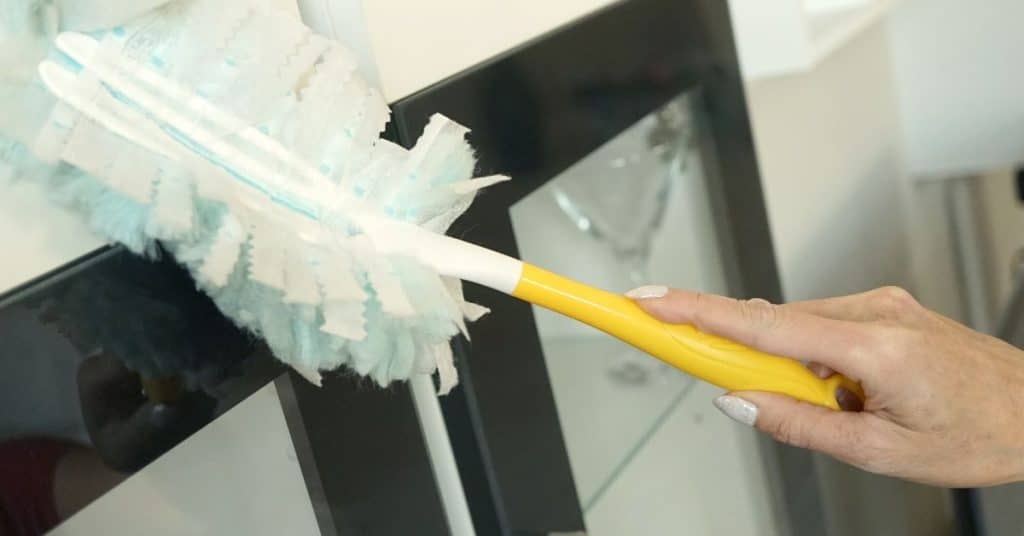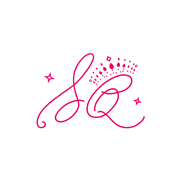Allergies can be a persistent nuisance, causing discomfort and affecting your quality of life. Dust, one of the most common allergens, can accumulate in various parts of your home, triggering sneezing, coughing, and other allergic reactions. The good news is that with the right strategies, you can significantly reduce dust and create a healthier living environment. In this friendly and informative guide, we’ll share practical dust-busting tips and explore the benefits of deep cleaning and hiring cleaning professionals to help you say goodbye to allergies.

Understanding Dust and Allergies
Dust is a mixture of tiny particles that can include dead skin cells, pollen, pet dander, fabric fibers, and even microscopic organisms like dust mites. When inhaled, these particles can irritate the respiratory system and trigger allergic reactions. Common symptoms of dust allergies include:
- Sneezing
- Runny or stuffy nose
- Itchy or watery eyes
- Coughing
- Wheezing
- Shortness of breath
By implementing effective dust-busting strategies, you can minimize these symptoms and enjoy a cleaner, healthier home.
Dust-Busting Tips for a Healthier Home
1. Regular Dusting
Regular dusting is essential for keeping dust at bay. Use a microfiber cloth or electrostatic duster to capture dust particles effectively. Avoid using feather dusters, as they can spread dust around rather than removing it.
Tips for Effective Dusting:
- Dust from Top to Bottom: Start with higher surfaces like shelves and work your way down to lower surfaces. This ensures that any dust that falls is captured during the cleaning process.
- Dust Frequently: Aim to dust high-traffic areas and surfaces at least once a week. Less frequently used areas can be dusted every two weeks.
- Use the Right Tools: Microfiber cloths are highly effective at trapping dust. For hard-to-reach areas, consider using a duster with an extendable handle.
2. Vacuuming
Vacuuming is crucial for removing dust from floors, carpets, and upholstery. Invest in a vacuum cleaner with a HEPA (High-Efficiency Particulate Air) filter, which can trap small particles and prevent them from being recirculated into the air.
Tips for Effective Vacuuming:
- Vacuum Regularly: Aim to vacuum high-traffic areas at least twice a week. Less frequently used areas can be vacuumed once a week.
- Use Attachments: Utilize vacuum attachments to clean upholstery, curtains, and other fabric surfaces where dust can accumulate.
- Empty the Vacuum Bag/Canister: Regularly empty the vacuum bag or canister to maintain optimal suction and prevent dust from escaping.
3. Deep Cleaning
Deep cleaning involves thoroughly cleaning areas that are often overlooked during regular cleaning routines. This process helps eliminate hidden dust and allergens, creating a healthier living environment.
Areas to Focus on During Deep Cleaning:
- Carpets and Rugs: Deep clean carpets and rugs at least once a year. Consider hiring cleaning professionals for a thorough and effective clean.
- Upholstery: Clean upholstered furniture regularly to remove dust and allergens. Professional upholstery cleaning can help maintain the fabric’s appearance and longevity.
- Air Ducts: Have your air ducts cleaned every few years to prevent dust buildup and improve indoor air quality.
- Mattresses: Vacuum mattresses regularly and consider using allergen-proof covers to reduce dust mite exposure.
4. Control Humidity
Dust mites thrive in humid environments. By controlling the humidity levels in your home, you can reduce dust mite populations and minimize allergy symptoms.
Tips for Controlling Humidity:
- Use a Dehumidifier: Maintain indoor humidity levels between 30% and 50% using a dehumidifier.
- Ventilate: Ensure proper ventilation in areas prone to moisture, such as bathrooms and kitchens. Use exhaust fans to reduce humidity.
- Fix Leaks: Address any leaks or water damage promptly to prevent mold growth and dust mite infestations.
5. Wash Bedding and Linens
Bedding and linens can harbor dust mites and allergens. Regular washing can help keep these items clean and allergen-free.
Tips for Washing Bedding and Linens:
- Wash Weekly: Wash sheets, pillowcases, and blankets in hot water (at least 130°F) once a week to kill dust mites.
- Use Allergen-Proof Covers: Encase mattresses, pillows, and box springs in allergen-proof covers to reduce dust mite exposure.
- Dry Thoroughly: Ensure that bedding and linens are thoroughly dried before use to prevent mold growth.
6. Minimize Clutter
Clutter can trap dust and make cleaning more challenging. By minimizing clutter, you can create a cleaner and more organized living space.
Tips for Minimizing Clutter:
- Declutter Regularly: Regularly go through your belongings and donate or discard items you no longer need.
- Use Storage Solutions: Utilize storage bins, baskets, and shelves to keep items organized and off the floor.
- Keep Surfaces Clear: Maintain clear surfaces to make dusting and cleaning easier.
Benefits of Hiring Cleaning Professionals
While regular cleaning is essential, hiring cleaning professionals for deep cleaning can provide additional benefits that help you maintain a dust-free home.
1. Expertise and Efficiency
Cleaning professionals have the expertise and experience to tackle deep cleaning efficiently and effectively. They use high-quality products and techniques to achieve a thorough clean, ensuring that hidden dust and allergens are eliminated.
2. Time-Saving
Deep cleaning can be time-consuming and labor-intensive. Hiring cleaning professionals saves you valuable time, allowing you to focus on other important tasks or simply relax and enjoy your clean home.
3. Customized Cleaning Plans
Cleaning professionals can create customized cleaning plans tailored to your specific needs and preferences. Whether you require a one-time deep clean or regular maintenance, they can provide the services that best suit your lifestyle.
4. Consistent and High-Quality Results
With cleaning professionals, you can expect consistent and high-quality results. Their systematic approach ensures that every area of your home is addressed, leaving no corner untouched.
Conclusion
Dust allergies can be a persistent challenge, but with the right strategies, you can significantly reduce dust and create a healthier living environment. Regular dusting, vacuuming, deep cleaning, and controlling humidity are essential steps in maintaining a dust-free home. Additionally, hiring cleaning professionals can provide expertise, efficiency, and high-quality results that help you achieve a cleaner and more comfortable living space.
By implementing these dust-busting tips and considering the benefits of professional deep cleaning, you can say goodbye to allergies and enjoy a healthier, more enjoyable home. Embrace a cleaner lifestyle and breathe easier knowing that you’ve taken the necessary steps to reduce dust and allergens in your living environment.
About The Author
Sparkling Queens is located in Richmond Hill and services Richmond Hill, Savannah, Georgetown, Pembroke, Rincon, Springfield, and surrounding areas. We offer recurring cleaning services, deep cleaning services, move in/out cleaning services, as well as office cleaning services.
Quote Form
← Next Blog Post: Beyond the Broom: Modern Cleaning Strategies

